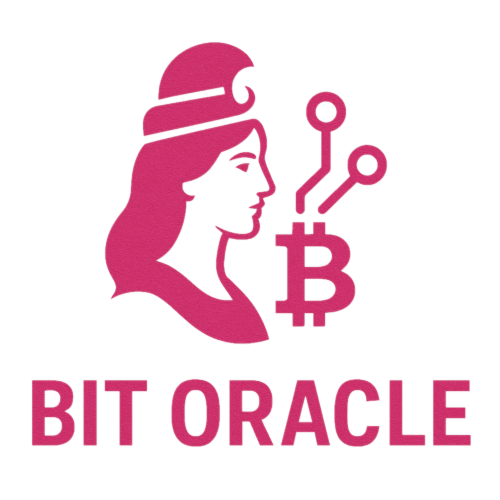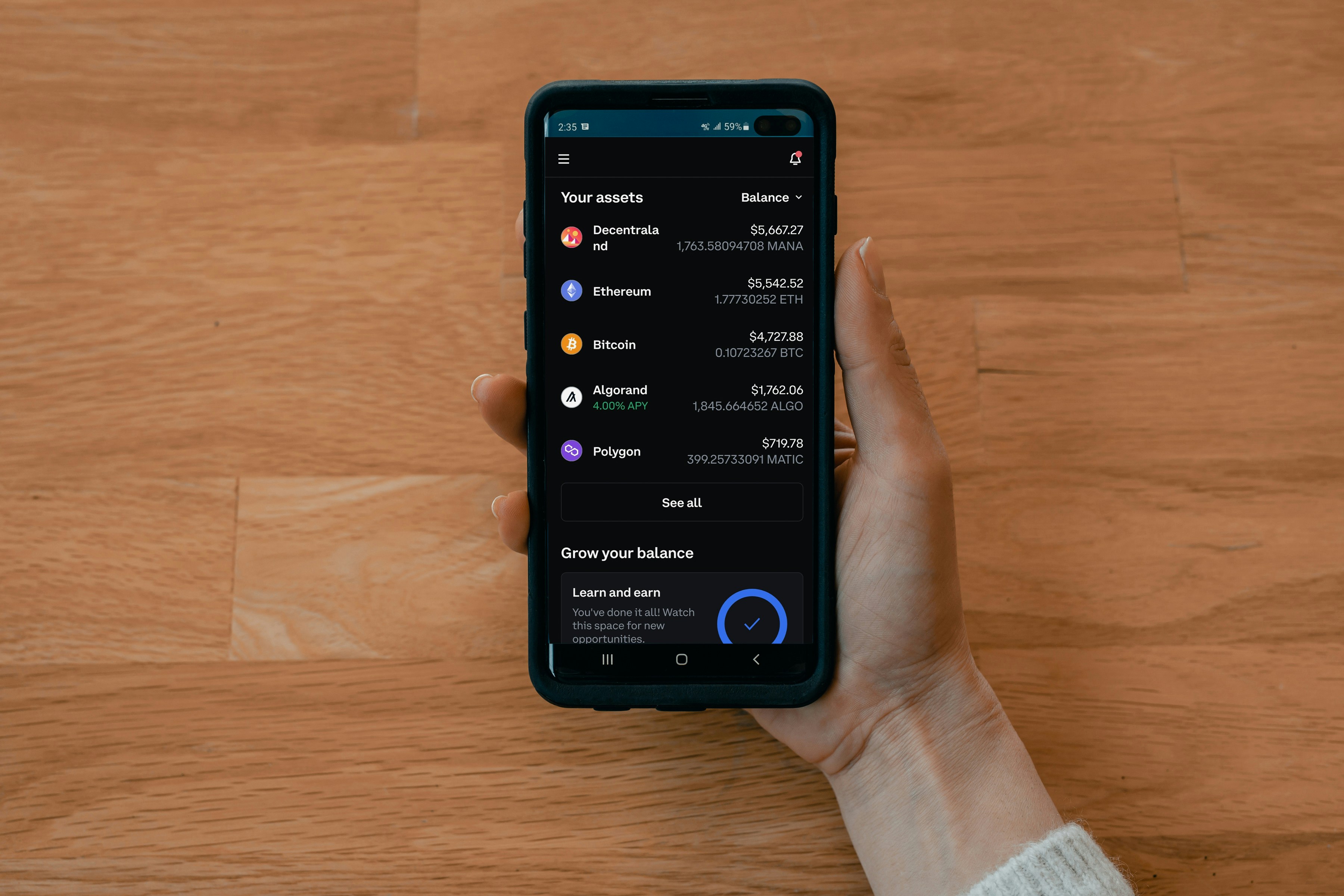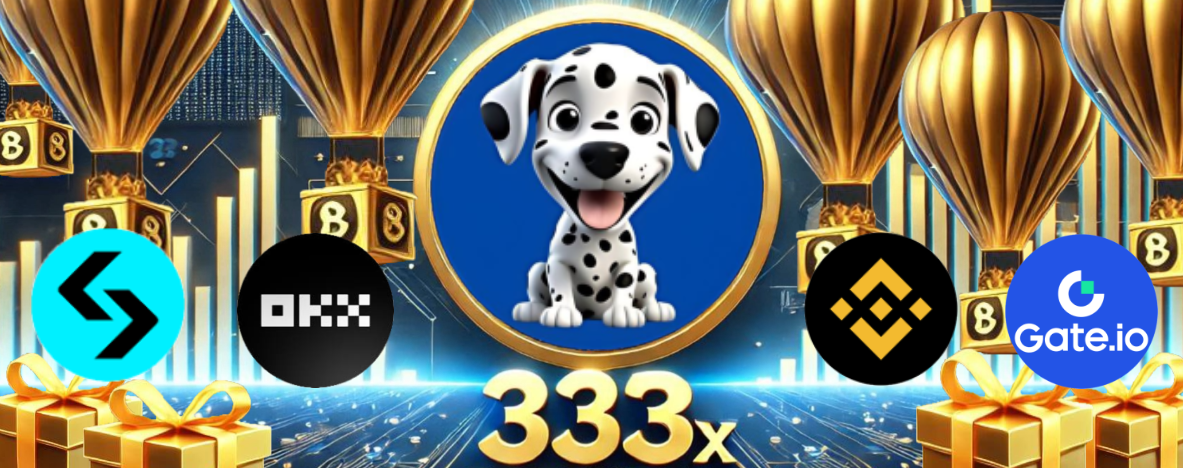Introduction
Solana is being recognized as a next-generation blockchain designed to address the multifaceted challenges posed by the blockchain trilemma: scalability, security, and decentralization. Founded by Anatoly Yakovenko, Solana has emerged as a promising solution for developers and users seeking to leverage Web3 infrastructures for their decentralized applications (dApps). The Solana blockchain is noteworthy for its implementation of innovative technologies, particularly its unique proof-of-history consensus mechanism, which allows for high-speed processing and improved efficiency.
One of Solana’s standout features is its exceptional speed, which supports high throughput even under heavy network load. With the capability to handle thousands of transactions per second, Solana speed significantly surpasses that of Ethereum, making it an attractive option for developers who prioritize performance in their applications. Furthermore, the low gas fees associated with transactions on the Solana network enable cost-effective interactions, thereby promoting broader access to its decentralized finance (DeFi) ecosystem.
In addition to rapid transactions and minimal fees, Solana is carving out a niche in the realm of non-fungible tokens (NFTs). Its infrastructure facilitates the creation, trading, and management of NFTs efficiently and economically. As the landscape of decentralized applications continues to evolve, Solana’s ability to scale without compromising security positions it favorably against competitors like Ethereum. While both platforms have their unique advantages and disadvantages, Solana’s strategic focus on enhancing scalability empowers it to meet the growing demand of a diverse user base.
Ultimately, as the blockchain space continues to advance, Solana’s blend of speed, low costs, and robust support for various applications positions it as a key player in the future of decentralized technology.
What Makes Solana Unique
Solana distinguishes itself from other blockchains with a combination of advanced technologies designed to address key limitations faced by traditional blockchain networks. At the core of Solana’s innovation lies its unique Proof-of-History (PoH) mechanism. Unlike conventional timestamping approaches, PoH creates a verifiable and efficient chronology of events that greatly enhances transaction speeds. This innovation enables Solana to achieve an unprecedented throughput of up to 65,000 transactions per second (TPS), setting it apart particularly when comparing Solana speed vs Ethereum, which typically faces higher congestion and slower transaction times.
Additionally, Solana’s ultra-fast block finality is a significant factor in its usability for decentralized applications. The ability to finalize transactions in seconds fosters a seamless user experience that is crucial for applications requiring quick interactions, particularly in the realms of Solana DeFi ecosystem and Solana NFTs. These applications benefit immensely from Solana’s design, which is geared toward scalability and efficiency without compromising security.
Transaction costs on the Solana blockchain are notably low, contributing to its appeal for developers and users alike. The Solana gas fees remain minimal even during peak activity, unlike those encountered on other blockchains, allowing users to engage without hefty costs or delays. Furthermore, Solana’s energy-efficient consensus model, complimented by its architecture, ensures sustainability—a critical consideration in today’s environmentally conscious climate.
The overarching vision of the Solana blockchain, influenced significantly by its founder Anatoly Yakovenko, extends beyond performance. It aspires to establish a robust web3 infrastructure that empowers developers through tools like the Solana mobile stack and simplifies mechanisms such as Solana staking and the management of Solana validator nodes. These elements together create an ecosystem that is not only high-performing but also accessible and user-friendly.
Solana’s Ecosystem Growth
The Solana blockchain ecosystem has observed rapid expansion, driven by an array of innovative protocols and projects that leverage its unique features such as proof-of-history and exceptional scalability. Among the most noteworthy components of the Solana ecosystem is the decentralized finance (DeFi) sector, which has gained significant traction through platforms such as Serum, Raydium, and Orca. These DeFi protocols facilitate a range of financial services, including trading, lending, and yield farming, all while benefiting from the low gas fees associated with Solana. As a result, Solana DeFi ecosystems are more accessible to a larger audience, enhancing overall participation in the decentralized finance landscape.
Additionally, the proliferation of non-fungible tokens (NFTs) has seen platforms like Magic Eden and Solanart emerge as key players in the NFT marketplace. These platforms allow creators to mint, buy, and sell NFTs, further establishing Solana as a viable alternative in the competitive NFT space. Solana’s superior transaction speed significantly contributes to the overall user experience, making it attractive for both creators and collectors alike. The continued development of Solana NFTs is expected to foster a thriving marketplace that promotes community engagement and artistic expression.
The gaming and metaverse sectors are also witnessing substantial growth on the Solana blockchain, with numerous projects being developed to enable immersive experiences, ultimately contributing to the engagement of users in decentralized applications. These projects often utilize Solana’s faster transaction capabilities, setting them apart from their Ethereum counterparts. Additionally, the increasing emphasis on cross-chain solutions and bridges enhances interoperability in the blockchain ecosystem. Initiatives aimed at connecting Solana with other blockchain networks underscore a commitment to fostering collaboration and expanding the overall Solana ecosystem. This interplay of diversification and innovation is poised to solidify Solana’s position in the rapidly evolving landscape of decentralized technologies.
Solana vs Other Blockchains
When evaluating the Solana blockchain against other prominent platforms such as Ethereum, Binance Smart Chain, and Avalanche, several key factors come into play, including transaction speed, scalability, and user adoption. Solana, developed by Anatoly Yakovenko, is particularly renowned for its unique proof-of-history consensus mechanism, which significantly enhances the speed and efficiency of transactions. This capability allows Solana to handle thousands of transactions per second, often outperforming Ethereum, especially during peak usage times. In the realm of Solana speed vs Ethereum, the latter has faced challenges related to congestion and slower transaction processing times, which can lead to higher gas fees and sluggish performance during high-demand periods.
While the Solana DeFi ecosystem is rapidly expanding, it offers distinctive advantages through its architecture, facilitating seamless interaction among decentralized applications (dApps) and providing users an efficient experience that many other blockchains struggle to replicate. Binance Smart Chain and Avalanche have made strides in offering lower transaction fees and faster processing; however, they often compromise on decentralization, a critical factor for many users and developers in the evolving web3 infrastructure.
Solana also presents a competitive edge in scalability through the use of dynamic bandwidth allocation, allowing the network to adjust based on demand. This aspect is paramount as the Solana staking process offers users incentives without the fear of significant slowdowns or high gas fees, which can detract from overall user experience. Additionally, the growing trend of Solana NFTs has attracted an expansive user base, appealing to both creators and collectors seeking a more efficient platform for their digital assets, thereby showcasing how Solana compares favorably against other blockchain contenders.
Solana’s Challenges and Solutions
The Solana blockchain has emerged as a prominent contender in the ever-evolving landscape of decentralized applications, frequently being compared to Ethereum due to its unique features such as proof-of-history. However, the network has experienced challenges, notably network outages and congestion issues. These obstacles can undermine the performance reputation that Solana aims to uphold, particularly in the realms of scalability and transaction speed. As users flock to the Solana DeFi ecosystem, concerns about network reliability become increasingly vital.
To address these challenges, continuous upgrades to validator nodes have been prioritized, enhancing their performance and reliability.Validator nodes are critical to maintaining a robust network, as they validate transactions and secure the integrity of the blockchain. As part of Solana’s commitment to optimizing its infrastructure, improvements have been made to hardware capabilities and software algorithms that support validator operations. These upgrades seek to not only reduce downtime but also to significantly lower Solana gas fees, facilitating a more efficient transaction process.
Another strategy implemented to bolster Solana’s network stability is the development of community-driven growth initiatives. These initiatives encourage developer engagement, which is crucial for fostering a vibrant Solana ecosystem. By incentivizing contributions from developers, the network can innovate rapidly, addressing issues before they escalate into larger problems. Furthermore, the introduction of the Solana mobile stack aims to disseminate blockchain technology more widely, enabling more users to participate without heavy resource requirements. This not only increases user adoption but also enhances the overall resilience of the network against congestion issues.
In conclusion, while challenges such as network outages and congestion pose threats to Solana’s promise as a high-performance blockchain, the proactive initiatives taken by the community and developers demonstrate a strong commitment to ensuring the long-term stability and growth of the Solana ecosystem.
The Future of Solana
The Solana blockchain presents a compelling case for becoming a leading platform in the world of decentralized applications, particularly as trends in decentralized finance (DeFi), non-fungible tokens (NFTs), and Web3 technologies continue to gain traction. With its innovative approach to blockchain solutions, it offers significant scalability advantages over competitors such as Ethereum. One of the standout features of Solana is its integration of proof-of-history, which enhances transaction efficiency and drastically reduces wait times for confirmations, making it an attractive option for developers and users alike.
The burgeoning Solana DeFi ecosystem is indicative of its potential for mass adoption. Various financial institutions and tech firms are increasingly recognizing the benefits of Solana’s high throughput and low gas fees, paving the way for strategic partnerships that can further solidify its position in the blockchain space. These collaborations not only lend credibility to the Solana platform but also facilitate an environment where innovative financial products can thrive.
Moreover, the introduction of the Solana Mobile Stack aims to broaden accessibility, empowering developers to create mobile applications seamlessly integrated with the Solana infrastructure. This move is particularly crucial as mobile app usage continues to dominate, suggesting that a mobile-friendly approach could significantly enhance user adoption rates. As users become increasingly familiar with Solana’s capabilities, they may be more inclined to engage with Solana NFTs and other applications within its ecosystem.
As Solana progresses further, the capacity for community involvement becomes ever more vital, especially through initiatives such as Solana staking and the development of Solana validator nodes. The active engagement of users can contribute to a robust network, fostering resilience and security. As the platform continues to evolve under the guidance of co-founder Anatoly Yakovenko, the future looks promising for the Solana blockchain, positioning it at the forefront of the next wave of decentralized technology.
Conclusion
In conclusion, Solana emerges as a prominent contender in the blockchain landscape, distinguishing itself with its unique architecture and innovative features. The integration of proof-of-history allows for unparalleled transaction speeds and enhances scalability, making Solana particularly appealing in the context of decentralized applications. When comparing Solana speed vs Ethereum, it is evident that Solana offers a significant advantage, with its ability to process thousands of transactions per second, thus providing better user experiences for developers and end-users alike.
The Solana DeFi ecosystem is rapidly expanding, showcasing the potential for numerous financial applications and services that are being built on this high-performance blockchain. As decentralized finance continues to grow, Solana’s capacity to handle vast transaction volumes positions it as a key player in this evolving landscape. Furthermore, the introduction of Solana NFTs has sparked interest among creators and collectors, enhancing the platform’s appeal in the wider digital asset market.
However, it is essential to acknowledge the challenges that Solana faces, particularly concerning network stability and gas fees. With a growing number of users and transactions, ensuring optimal performance and managing costs are critical for its long-term success. The role of Solana validator nodes is crucial in maintaining this infrastructure, alongside ongoing improvements to the platform offered by figures like Anatoly Yakovenko, who co-founded Solana with a vision for a more efficient blockchain.
Ultimately, Solana’s advancements in web3 infrastructure, alongside initiatives like the Solana mobile stack and its staking mechanism, underline its commitment to fostering a robust and scalable environment for developers. As we look toward the future, the comparisons of Solana vs Ethereum will remain a pivotal discourse, as both ecosystems evolve technologically and strategically. Through continuous innovation and a thriving community, Solana is positioning itself as a beacon of success in the world of blockchain technology.
Further Reading and Resources
For those looking to delve deeper into the Solana blockchain and its myriad applications, a wealth of resources is available. The official Solana website serves as a primary portal for information, including comprehensive documentation regarding the platform’s architecture, principles, and features that set it apart from other blockchain solutions, such as Ethereum.
One of the standout features of the Solana blockchain is its unique proof-of-history consensus mechanism. For an in-depth understanding of this innovative technology, consider reviewing the official paper on proof-of-history, located on the Solana website. Additionally, there are numerous educational articles available that cover topics such as Solana speed vs Ethereum, offering insights into transaction throughput and latency, which are pivotal in understanding the performance metrics of each blockchain.
Engagement with community forums can also facilitate learning. Platforms like Discord and the Solana Forum allow users to connect with developers, participants, and enthusiasts who actively discuss topics ranging from Solana staking to the latest trends in the Solana DeFi ecosystem. Users can benefit from firsthand experiences of those already immersed in the development of Solana NFTs and applications leveraging the robust Web3 infrastructure.
Moreover, notable projects being built on the Solana blockchain are worth exploring. These projects often highlight the scalability and cost-efficiency, such as low Solana gas fees, of using the network compared to its competitors. Furthermore, studying the architecture of Solana validator nodes can provide insights into the decentralized and secure nature of the platform, which is integral to its performance. Lastly, resources detailing the Solana mobile stack can give valuable perspective on the future of mobile applications within the blockchain sphere, as envisioned by founder Anatoly Yakovenko.
FAQs about Solana
Solana has emerged as a leading contender in the blockchain landscape, often sparking questions regarding its distinct features and advantages. One common misconception is that Solana is merely another blockchain similar to Ethereum. However, the primary differentiator is its innovative architecture, particularly the use of proof-of-history, which provides an efficient method to order transactions, ultimately contributing to Solana’s impressive speed and scalability. This architecture allows the Solana blockchain to process thousands of transactions per second, far exceeding the capabilities of many existing platforms.
Transaction speed is a crucial factor in user experience. The Solana blockchain can handle around 65,000 transactions per second, compared to Ethereum’s current capacity of about 30 transactions per second. This remarkable throughput minimizes latency, leading to near-instant confirmation times. As a result, users can experience seamless interactions, especially in applications involving Solana staking or transactions involving Solana NFTs, which are becoming increasingly popular in the decentralized finance (DeFi) ecosystem.
Another pressing concern among users revolves around the environmental impacts of blockchain technology. Solana utilizes a proof-of-stake consensus mechanism, which contrasts sharply with Ethereum’s energy-intensive proof-of-work model. By employing validator nodes that validate transactions based on stake rather than computational power, Solana significantly reduces energy consumption and helps address sustainability concerns associated with blockchain operations.
As the Solana network continuously evolves, it is essential to stay informed about its developments, including the integration of the Solana mobile stack to enhance accessibility for all users. Additionally, despite certain challenges such as Solana gas fees and scalability, the ecosystem’s ongoing innovations led by founder Anatoly Yakovenko and improving infrastructure position it well for the future of decentralized applications and Web3 technologies.
Join the Solana Community
Becoming an active member of the Solana community provides an opportunity to engage with other enthusiasts and developers who are passionate about the Solana blockchain and its innovative features. Whether you are interested in decentralized finance (DeFi), non-fungible tokens (NFTs), or enhancing web3 infrastructure, the Solana community offers a platform for collaboration and knowledge sharing.
To get started, you can join various community forums and social media groups dedicated to Solana. Platforms like Discord and Telegram host vibrant discussions where both newcomers and experienced users share insights, address technical questions, and explore the latest updates in Solana’s rapid ecosystem evolution. Engaging in these forums will not only help you in staying informed but will also enhance your understanding of Solana compared to other blockchains like Ethereum, particularly regarding scalability and speed.
If you are a developer, there are numerous opportunities to contribute to ongoing projects within the Solana ecosystem. Participating in hackathons and coding competitions will allow you to showcase your skills while gaining real-world experience in building applications on the Solana blockchain. Through these events, you can collaborate with other developers and learn more about Solana’s unique protocol features, such as proof-of-history and the innovative Solana mobile stack.
Another excellent way to immerse yourself in the community is by attending Solana-focused events, workshops, and conferences. These gatherings often bring together thought leaders, like Anatoly Yakovenko, the founder of Solana, and other influential figures in the blockchain space. By networking with other attendees, you can further enhance your understanding of Solana staking, validator nodes, and gas fees, thereby reinforcing your knowledge of Solana’s competitive edge in the cryptocurrency landscape.
In conclusion, the growth of the Solana ecosystem relies on the enthusiasm and participation of its community members. Engaging with others in these various forums, events, and collaborative projects will help foster a sense of belonging and contribute to the ongoing advancement of the Solana blockchain in today’s decentralized application landscape.


